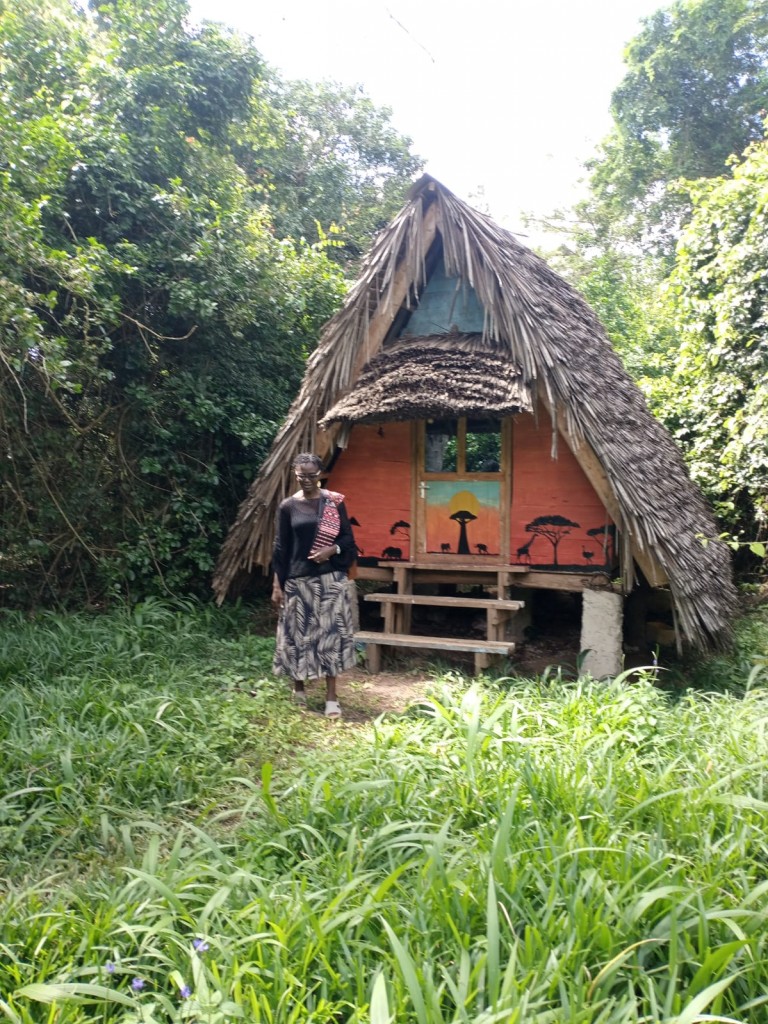The coastal region of Kenya, known for its scenic beauty and rich heritage, is experiencing a significant transformation thanks to the collaborative efforts of the European Union (EU) and the Government of Kenya through the Go Blue project.
At the heart of this initiative lies the Tourism and Cultural Heritage (TCH) component, which is playing a pivotal role in reshaping the coastal narrative.
With a strong emphasis on sustainable, inclusive, and transformative growth, the project aims to unlock the vast potential of land-sea opportunities while conserving the marine environment.
The Go Blue project funded by the European Union to Advance the Blue Economy agenda in the coastal region, has an overall objective of harnessing the untapped potential of coastal urban centers, fostering sustained economic growth, and creating employment opportunities. Moreover, the project underscores the importance of responsible management of coastal and marine resources through integrated maritime governance.

Central to the Go Blue project’s vision is the transformative Tourism and Cultural Heritage component, focusing on tourism and cultural heritage. This component is at the forefront of driving positive change in coastal tourism, through engaging local communities and revitalizing the region’s culture and heritage assets.
A key priority of the TCH pillar, which is co-founded and managed by Camoes IP, a Portuguese cooperation, is to empower organizations in tourism and cultural heritage in the coast region to enter the tourism value chain and thrive alongside mainstream beach tourism.
Projects
To this end, 16 innovative small projects and businesses, drawn from 6 counties of Jumuiya ya Kaunti Za Pwani, have received grants to strengthen their cultural heritage ventures. The goal is to create jobs for youth and women and contribute to accelerating economic growth in the region from the blue economy. The 16 organizations have received grants totaling 669,879.55 Euros.
The ventures supported the grants range for boardwalks, cultural performances, ecotourism, enhanced craft from local material, digitalization of marketing, culture-motivated hubs in Mombasa and Lamu, cultural cooperatives, and traditional attires.
This Go Blue TCH initiative is already inspiring a new coastal narrative. Fifty jobs have been created, with 25 dedicated to women. Another youth empowerment program, the Ubuntu Leadership Academy supported by Camoes IP and implemented by IPAV, has offered social entrepreneurship training to 140 unemployed young people, offering them a pathway to self-sufficiency.
Central to the support provided towards revitalizing tourism and cultural heritage, is the development of the first Coastal Region’s Tourism and Cultural Heritage Blueprint.
The blueprint, also being developed with the assistance of Camoes IP of Portugal through the Tourism and Cultural Heritage component of the Go Blue Project, holds immense significance for unleashing the untapped potential of tourism and cultural heritage in the region.
Its purpose is to provide a comprehensive guide for the development, management, marketing, and promotion of tourism and cultural heritage diversity in the six coastal counties of Lamu, Kilifi, Taita-Taveta, Tana River, Mombasa, and Kwale.
In many coastal areas, where potential blue economy is harnessed, culture and heritage receive a back banner despite being key assets for communities in these regions. The Go Blue TCH initiative aims to demonstrate opportunities presented by tourism and cultural heritage in enhancing the blue economy through job creation.
By promoting responsible tourism, preserving cultural heritage, and conserving the marine environment, the initiative is charting a sustainable path for optimal use of all the region’s tourism resources.
Comments
comments